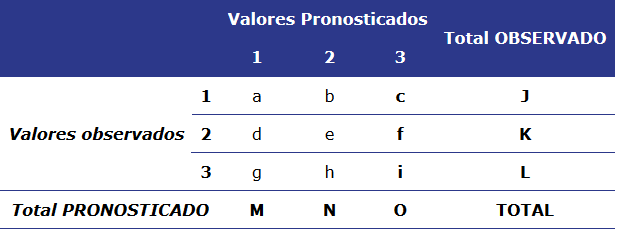Verification of the Cuban Terminal Aerodrome’s Forecasts (Part I)
Main Article Content
Abstract
This work it shows up the methodology for the verification of Terminal Aerodrome Forecast (TAF) issued by the Main Office of Meteorological Surveillance, which belongs to the Institute of Civil Aeronautics of Cuba. For this purpose, the requirements of the Organization of International Civil Aviation picked up in the Annex 3 for the meteorological services for the international air navigation were considered, as well as others of national character considered in the Cuban’s Aeronautical Manuals and Regulations. The verification process is conformed by three fundamental stages. The first stage is referred to the comparison with limits and ranges picked up in the Cuban Aeronautical Regulations (IACC, 2013) while the second are dedicated to the verification of precision and confiability of the forecasts. The third and last phase will be treated in another technical note.
The variables to verify are: wind direction and speed, precipitation, cloudy covering and height of the lowest cloud. These results are also supplemented with the tables of contingence and the statistical analyses of high impact for aeronautical operations such as the false alarms, the probability of detection of the minima of visibility, of storms and fog among other parameters. The procedure here exposed is implemented in the Automated System for the Evaluation of the TAF (SAETAF), software that was introduced officially in the Main Office of Meteorological Surveillance in Cuba from November of 2015. Also, the methodology presented could be used in the verification of TAFs elaborated by Meteorological Offices of Aerodrome of other countries.
Downloads
Article Details

This work is licensed under a Creative Commons Attribution-NonCommercial 4.0 International License.
Those authors who have publications with this journal accept the following terms of the License Attribution-NonCommercial 4.0 International (CC BY-NC 4.0):
You are free to:
- Share — copy and redistribute the material in any medium or format
- Adapt — remix, transform, and build upon the material
The licensor cannot revoke these freedoms as long as you follow the license terms.
Under the following terms:
- Attribution — You must give appropriate credit, provide a link to the license, and indicate if changes were made. You may do so in any reasonable manner, but not in any way that suggests the licensor endorses you or your use.
- NonCommercial — You may not use the material for commercial purposes.
- No additional restrictions — You may not apply legal terms or technological measures that legally restrict others from doing anything the license permits.
The journal is not responsible for the opinions and concepts expressed in the works, they are the sole responsibility of the authors. The Editor, with the assistance of the Editorial Committee, reserves the right to suggest or request advisable or necessary modifications. They are accepted to publish original scientific papers, research results of interest that have not been published or sent to another journal for the same purpose.
The mention of trademarks of equipment, instruments or specific materials is for identification purposes, and there is no promotional commitment in relation to them, neither by the authors nor by the publisher.
References
IACC. (2013). Regulaciones Aeronáuticas Cubanas (RAC-3) (Manual 6ta edición). Instituto de Aeronáutica Civil de Cuba.
OACI. (2013). Meteorological service for international air navigation: International standards and recommended practices : annex 3 to the Convention on International Civil Aviation. International Civil Aviation Organization.

